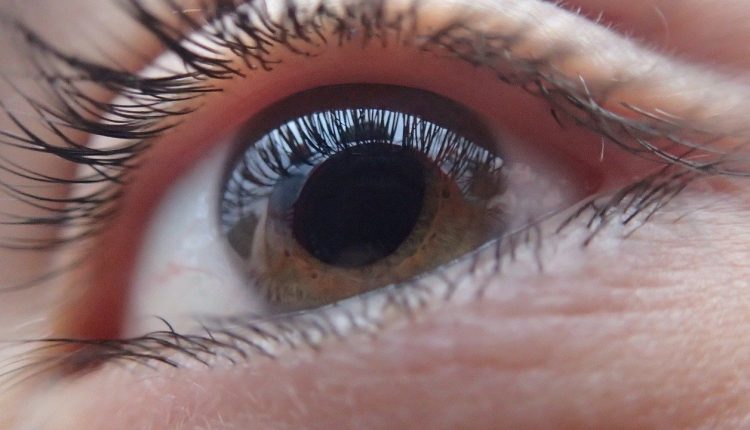
Ectopia lentis: when the lens of the eye shifts
What is ectopia lentis? In medicine, ‘ectopic’ is used to indicate an anatomical structure that – for various reasons – finds itself in a non-normal position
For example, a kidney or testicle are said to be ‘topical’ when they are positioned in their physiologically correct location, while they are said to be ‘ectopic’ when, due to congenital malformations or trauma, they are positioned in an abnormal location.
Ectopia lentis (or ‘ectopic lens’) is a particular type of ectopia in which the lens of the eye is displaced from its physiological position
The ectopic lens is therefore in a non-normal position and is referred to as ‘dislocated’.
A partial dislocation of the lens is called a subluxation, while a complete dislocation is called a luxation.
The extreme degree of lens dislocation is called a ‘lenticel’ in which the lens protrudes from the eyeball and becomes trapped under the Tenon’s capsule or conjunctiva.
Ectopia of the lens causes visual impairment, treatment is surgical
Anterior dislocation of the lens
With anterior luxation, the lens pushes into the iris or actually enters the anterior chamber of the eye.
This can cause glaucoma, uveitis or damage to the cornea.
Uveitis causes constriction of the pupil (miosis) and traps the lens in the anterior chamber, causing obstruction of aqueous humour outflow and a consequent increase in eye pressure and glaucoma).
Anterior lens luxation is considered an ophthalmic emergency.
Posterior lens luxation
With posterior lens luxation, the crystalline lens falls back into the vitreous humour and lies on the floor of the eye.
This type causes fewer problems than anterior luxation, although glaucoma or ocular inflammation may occur.
Surgery is used to treat dogs with significant symptoms.
Early treatment can prevent secondary glaucoma.
Lens subluxation
Lens subluxation is also observed in dogs and is characterised by partial displacement of the lens.
Signs of lens subluxation include mild conjunctival redness, degeneration of the vitreous humour, prolapse of the vitreous into the anterior chamber and increased or decreased anterior chamber depth.
Treatment prior to complete dislocation can prevent secondary glaucoma.
Diseases Associated with Ectopia Lentis
Ectopia lentis can be a congenital condition (already present at birth) or secondary to trauma or diseases such as cataracts.
In the case of anterior displacement (anterior dislocation), the lens pushes in the direction of the iris or enters the anterior chamber of the eye: this can cause glaucoma, uveitis, or damage to the cornea.
In men, ectopia lentis is often associated with Marfan syndrome.
In humans, diseases most frequently associated with ectopia lentis are also:
- Homocystinuria (downward and inward) [13].
- Weill-Marchesani syndrome
- Sulphite oxidase deficiency
- Molybdenum cofactor deficiency
- Hyperlysinaemia
In humans, diseases less frequently associated with ectopia lentis are:
- Ehlers-Danlos syndrome;
- Crouzon’s disease;
- Refsum syndrome;
- Kniest syndrome;
- Mandibulofacial dysostosis;
- Sturge-Weber syndrome;
- Conradi syndrome;
- Pfaundler syndrome;
- Pierre Robin syndrome;
- Wildervanck syndrome;
- Sprengel deformity.
Read Also:
Emergency Live Even More…Live: Download The New Free App Of Your Newspaper For IOS And Android
Colour Changes In The Urine: When To Consult A Doctor
The Colour Of Pee: What Does Urine Tell Us About Our Health?
Summer And High Temperatures: Dehydration In Paramedics And First Responders
First Aid For Dehydration: Knowing How To Respond To A Situation Not Necessarily Related To The Heat
Hydration: Also Essential For The Eyes
What Is Aberrometry? Discovering The Aberrations Of The Eye
Red Eyes: What Can Be The Causes Of Conjunctival Hyperemia?


